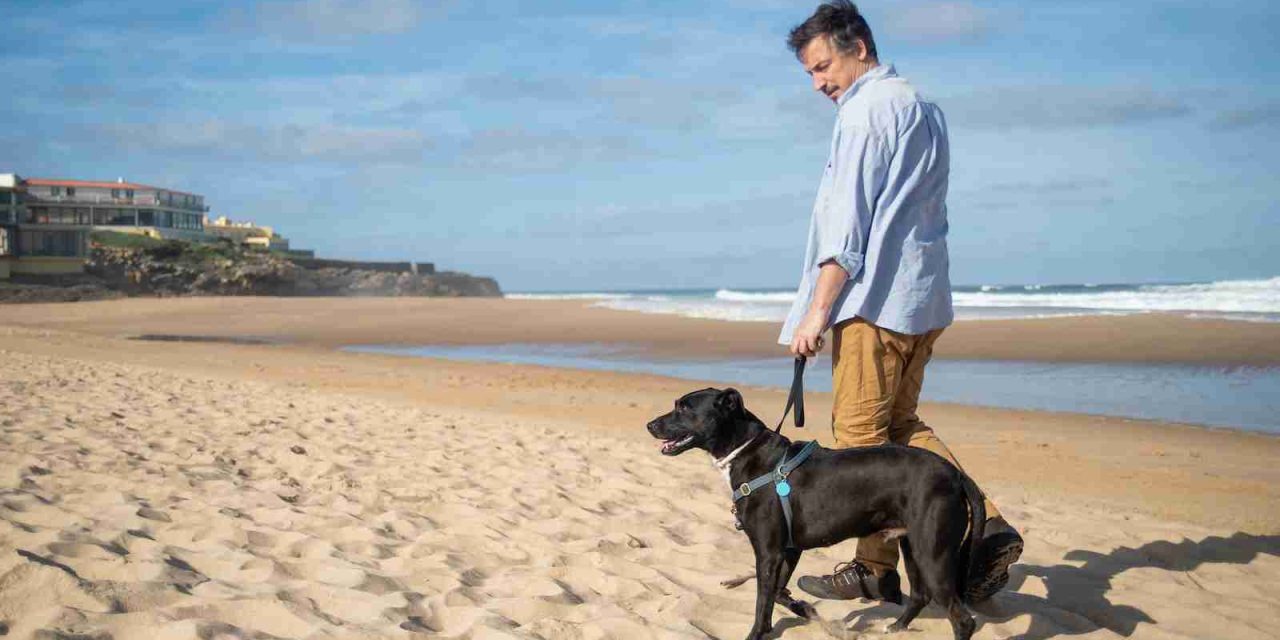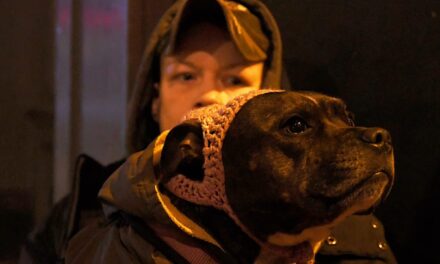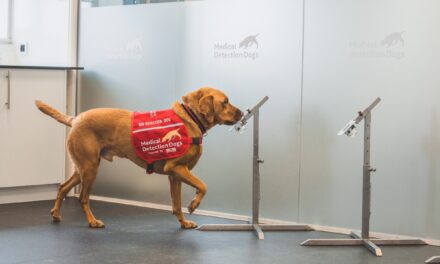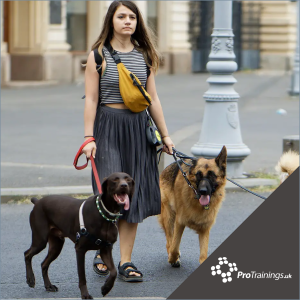The animal welfare coalition, known for its influential “dogs die in hot cars” campaign, now cautions pet owners that exercising dogs in hot weather can be just as deadly as leaving them inside hot cars.
As the UK approaches the summer season and temperatures begin to rise, the coalition, comprised of animal welfare and veterinary organizations, expands its campaign to raise awareness about the risks associated with taking dogs for walks in hot weather.
According to a survey conducted by the British Veterinary Association after a record-breaking summer in 2022, approximately 1 in 10 (9%) vets in small animal practice witnessed at least one dog affected by heat after being left in a hot car. However, a significantly higher number of vets, nearly four times as many (38%), observed dogs suffering from heat-related issues after being walked or exercised in hot weather.
Additionally, the RSPCA reported a staggering 650% increase in visits to its hot weather advice pages compared to the previous year.
The coalition emphasizes that taking pets outdoors during hot spells can be a “silent killer.” While many dog owners are now aware of the dangers of leaving their pets in hot cars, they may unknowingly put their dogs at serious risk by taking them for walks or outings to the beach or park during hot weather.
Esme Wheeler, a dog welfare specialist at the RSPCA, explained the increased risk to dogs during warmer weather. She acknowledged that although people look forward to spending more time outdoors in the sunshine, it is important to recognize the potential harm it can cause to dogs. While the dangers of leaving dogs in hot cars are widely understood, exercising dogs in hot weather presents an equally significant risk. Wheeler urged dog owners to be cautious during the summer season and mindful of the harm that more intense or prolonged exercise can inflict on dogs on warmer days. Instances of owners running or cycling with their dogs or engaging them in active play during hot weather have resulted in panting, overheated pets at serious risk of heatstroke.
Wheeler noted that all breeds and types of dogs are susceptible to heat-related issues. However, dogs with underlying health conditions, particularly those affecting their breathing, as well as older dogs, overweight dogs, dogs with thick or double coats, and certain large and flat-faced breeds, are even more prone to overheating.
The coalition, well-known for raising awareness about the risks of dogs dying in hot cars, urges the public to call the police if they encounter a distressed dog inside a hot vehicle. Expanding the campaign’s scope to include the hazards of hot walks, the coalition aims to educate pet owners about the signs of heatstroke in dogs, enabling them to seek veterinary assistance promptly. Their additional key message, “If in doubt, don’t go out,” serves as a reminder to prioritize the well-being of dogs during hot weather.
Anna Judson, the Junior Vice President of the British Veterinary Association, emphasized that veterinarians frequently encounter numerous cases of dogs requiring treatment for heat-related conditions, many of which result from walking or exercising them during the hottest parts of the day. Judson stressed the importance of owners remaining cautious even when official warnings are not in place. She encouraged dog owners to prioritize caution during hot weather, suggesting that walks be scheduled during cooler periods in the early morning or late dusk.
Judson believes that by arming pet owners with knowledge about early signs of heatstroke and instilling the habit of leaving dogs at home in cool, well-ventilated spaces at the first sign of hot weather, numerous animal lives can be saved. The simple message is clear: when in doubt, it is better to avoid outdoor activities during hot weather.
Signs of heat-related illness in dogs include excessive panting that does not cease when the dog rests, difficulty breathing, unusual tiredness, changes in behavior such as increased lying down and stumbling, and a decreased interest in playing. If any of these signs are observed, immediate action should be taken, such as stopping the dog from running or playing, moving them into the shade, providing small amounts of cool (not ice-cold) water, and contacting a veterinarian for guidance.
By being aware of the risks, recognizing the signs of heat-related illness, and taking appropriate measures, dog owners can ensure the safety and well-being of their pets during hot weather.








